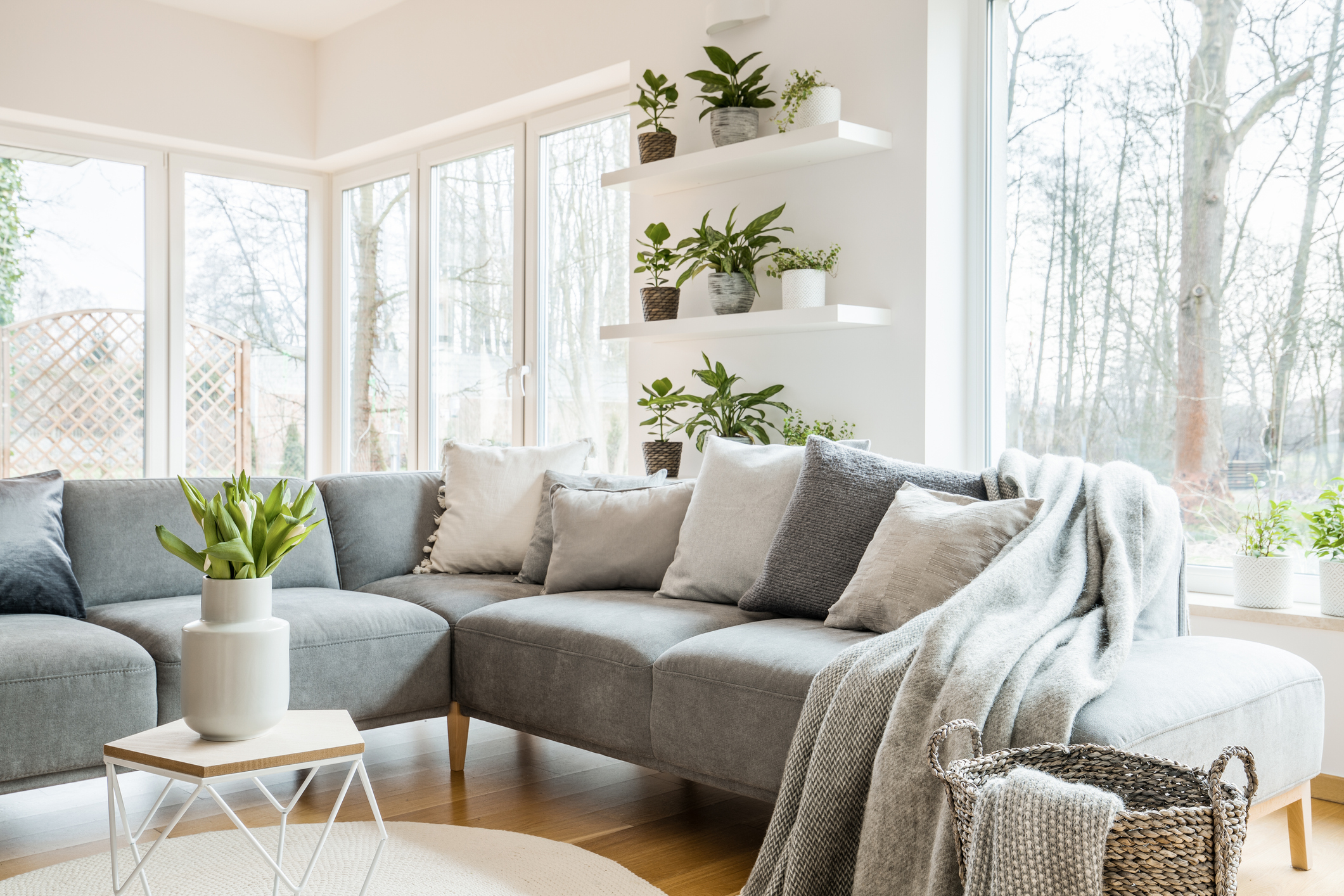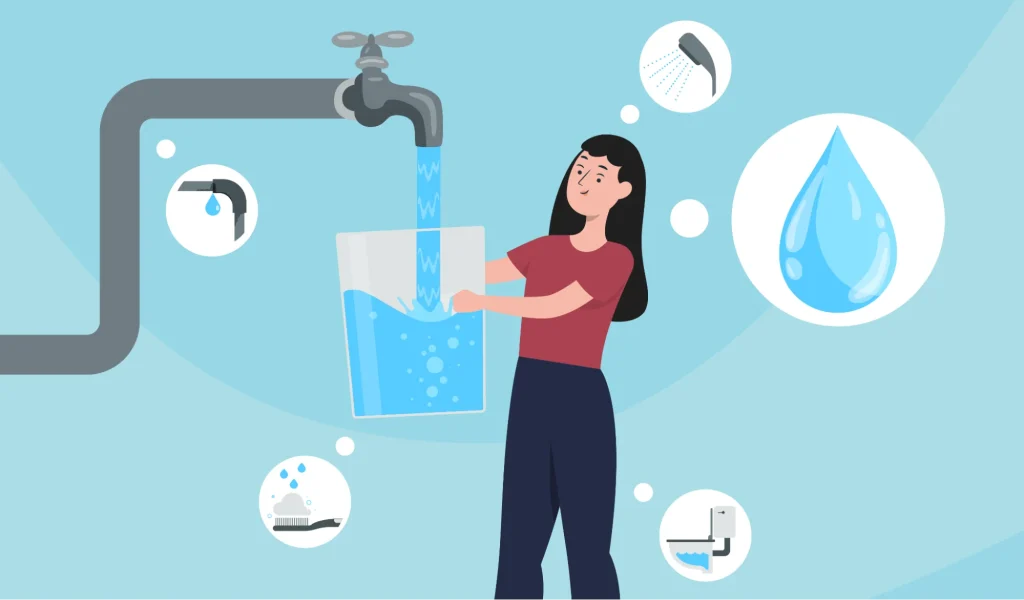
In today’s world, sustainability is no longer just a trend—it’s a necessity. With climate change and environmental degradation becoming increasingly urgent issues, adopting eco-friendly practices at home can make a significant difference. You don’t need to overhaul your entire lifestyle overnight; even small changes can collectively reduce your environmental footprint. Here are five sustainable swaps you can make to transform your home into a more eco-friendly sanctuary.
1. Swap Single-Use Plastics for Reusables

One of the easiest ways to make your home greener is by reducing single-use plastics. Items like plastic bags, straws, water bottles, and food containers contribute massively to landfill waste and ocean pollution. Instead, opt for reusable alternatives:
- Reusable shopping bags: Invest in cloth or recycled-material bags for groceries and errands.
- Water bottles: Stainless steel or glass bottles are long-lasting and free from harmful chemicals found in some plastics.
- Food storage: Replace plastic wrap and disposable containers with silicone lids, glass jars, or stainless steel containers.
Making this swap not only reduces waste but often saves money in the long run, while promoting healthier living.
2. Replace Conventional Cleaning Products with Eco-Friendly Options
Most commercial cleaning products contain harsh chemicals that are harmful to both human health and the environment. They can pollute waterways and contribute to indoor air pollution. Sustainable alternatives include:
- DIY cleaners: Simple ingredients like vinegar, baking soda, and lemon can tackle most household cleaning tasks.
- Eco-certified products: Look for brands with biodegradable ingredients and minimal packaging.
- Concentrates over ready-to-use: Concentrated formulas reduce plastic waste and transportation emissions.
Switching to green cleaning products keeps your home safe, reduces toxins, and protects the planet simultaneously.
3. Upgrade to Energy-Efficient Appliances

Energy consumption in homes accounts for a significant portion of global carbon emissions. By choosing energy-efficient appliances, you can drastically cut your electricity usage and reduce your carbon footprint. Some practical upgrades include:
- LED lighting: These bulbs use up to 75% less energy than traditional incandescent bulbs and last much longer.
- Energy Star appliances: Refrigerators, washing machines, and ovens with Energy Star certification consume less power.
- Smart thermostats: Programmable thermostats optimize heating and cooling, saving energy while keeping your home comfortable.
Not only do these swaps benefit the environment, but they also lower utility bills over time, making them a win-win for both your wallet and the planet.
4. Choose Sustainable Materials for Home Essentials
From furniture to flooring, the materials used in your home can have a lasting environmental impact. Choosing sustainable alternatives helps reduce deforestation, pollution, and waste. Consider the following swaps:
- Bamboo and reclaimed wood: These are renewable, durable, and stylish alternatives to conventional wood.
- Organic fabrics: Cotton, linen, and hemp grown without pesticides are healthier for both you and the environment.
- Recycled or second-hand items: Buying used furniture or décor reduces demand for new production and keeps items out of landfills.
By consciously selecting materials, you create a home that reflects eco-conscious values while also adding unique character and charm.
5. Reduce Water Waste with Smart Fixtures

Water is a precious resource, yet many households unknowingly waste it daily. Simple swaps can help conserve water and lower your bills:
- Low-flow showerheads and faucets: These reduce water usage without compromising performance.
- Dual-flush toilets: A dual-flush system allows you to choose between a full or partial flush, saving significant amounts of water over time.
- Fix leaks promptly: A dripping tap may seem minor but can waste hundreds of gallons annually.
Incorporating water-saving fixtures and habits into your daily routine ensures that your home is efficient and responsible with one of the planet’s most vital resources.
Conclusion
Making your home eco-friendly doesn’t have to be overwhelming or expensive. By adopting these five sustainable swaps—reusable products, green cleaning alternatives, energy-efficient appliances, sustainable materials, and water-saving fixtures—you can significantly reduce your environmental impact while creating a healthier living space. Every small step counts, and collectively, these changes can make a substantial difference for both your home and the planet. Start with one swap today, and gradually integrate more, knowing that each action brings you closer to a truly sustainable lifestyle.
